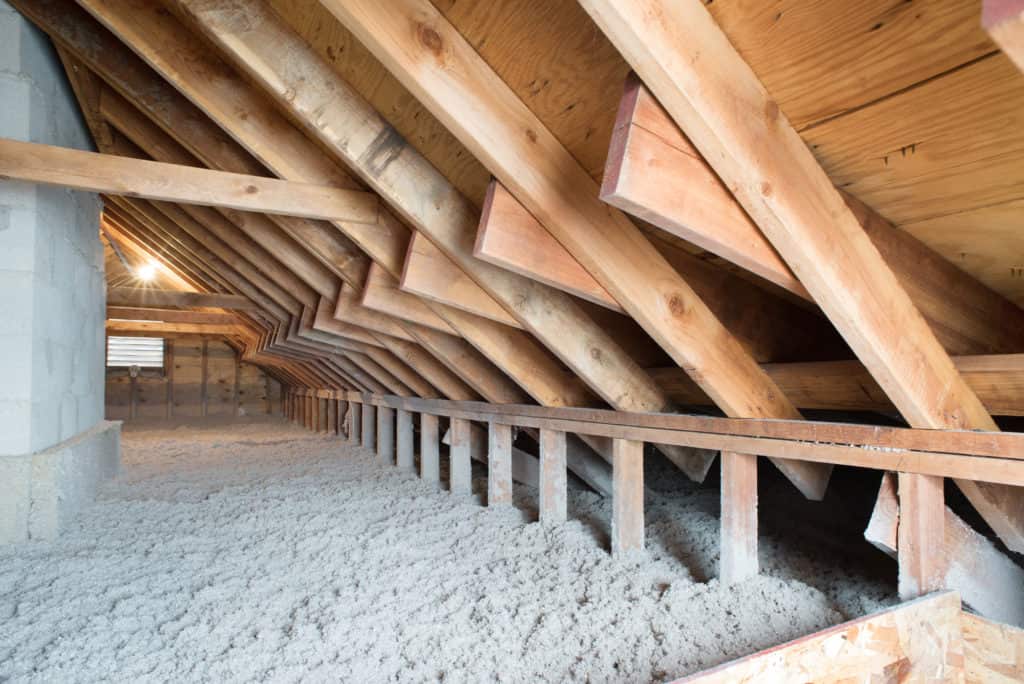Attic Insulation
How Insulation Works
Understanding How Insulation Works
Why insulation is essential to home comfort and efficiency
When deciding how to best improve your home’s energy efficiency and comfort, it’s important to understand the science behind insulation. Every home is different, and the experts at First Defense Insulation can help you get the right insulation and air sealing services you need to get the results you want in your home.
We offer air sealing, duct insulation and attic insulation services in Houston, that are designed to fix energy efficiency problems, save you money, and create a more comfortable home. Call us today or click below to get a free estimate on any of our services!


Book a free estimate with First Defense Insulation today!
Get the right insulation solutions for your home
Ready to improve your home’s energy efficiency and comfort? The local attic insulation experts at First Defense Insulation can help you get the right solutions for your specific needs and provide you with a quality installation.
Call us today or contact us online to get a free estimate on any of our insulation or air sealing services.
The effect insulation has on your home
Insulation is installed in homes to limit heat transfer. This means preventing the air you pay to heat from escaping during the winter and preventing hot, humid air from the outside from entering the home in the summer.
If you know how your home’s insulation works, you can also understand what makes it malfunction and contribute to poor energy performance in a house. Here’s what can go wrong:
Voids are areas of missing insulation. These can happen as a product of improper installation or be required by code. For example, an insulation void is required around a recessed “can” light that is not rated for insulation contact. Whatever the reason, insulation voids allow heat transfer by convection and radiation. Research has shown that just a 4% void in fiberglass batt insulation can result in a 50% reduction in insulation effectiveness.
Compression happens when fiberglass batt insulation is pushed down, which eliminates many of the tiny trapped air pockets that provide insulation value.
Air passing through insulation diminishes insulation effectiveness because it deposits dirt in the air pockets of the insulation, reducing its ability to resist convective heat loss. To effectively slow heat transfer, the air pockets in insulation must be clean. This is why air sealing is essential before adding insulation.
When insulation is exposed to moisture, R-value is decreased because the air pockets that are supposed to provide resistance to heat transfer are now filled with water!
Choosing the right R-value for your home
All insulation shares a common unit of measure known as R-value. The “R” stands for resistance to heat flow. A high R-value means greater resistance to heat flow and thus, greater insulating value. R-value is described both in R-value per inch and in total R-value.
The Department of Energy recommends homes have attic insulation that provides between R-38 and R-49, depending on your climate. Blown cellulose insulation from First Defense Insulation LLC is the most efficient method to reach this level and improve your home’s energy performance.